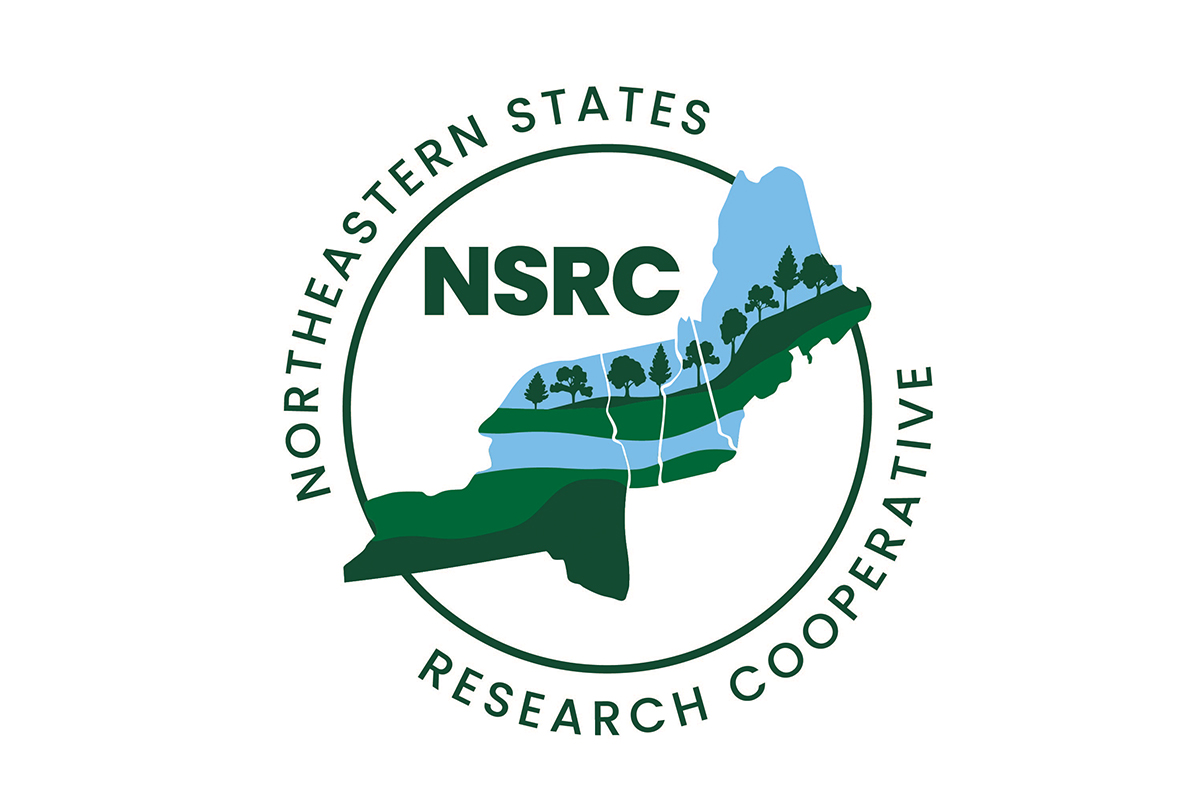
Long-term monitoring of rare plant populations in the Adirondack alpine.
Principal Investigator: Kayla White, Adirondack Mountain Club
New York’s Adirondack alpine zone harbors many rare vascular plants threatened by climate change, atmospheric deposition, and damage from recreational use. Monitoring these rare plants increases our ability to detect population change over time while incorporating environmental variation to help us understand the factors controlling how densities change across the Adirondack alpine landscape.
This population monitoring has been conducted over three events at 6-year intervals in 15 alpine areas over a 13-year span. We will re-sample for these species using a stratified random sampling procedure to generate population status estimates. The objectives of this study are to: 1. estimate, for 2024, the population and sub-populations of selected rare species growing throughout the Adirondack alpine zone, 2. test for any divergence in population size, and 3. better understand if and how plant population levels are linked to environmental heterogeneity and hiker education. Outputs include a fourth round of sampling, analysis from New York Natural Heritage Program, and sharing results with land managers, researchers, stewardship organizations, and the public.
Short-term, this status assessment will help evaluate which populations and sub-populations are of the highest quality and help guide management activities that could benefit these rare species. Long-term, this method can help determine if other environmental factors may be linked to climate change vulnerability. Changes documented through this project may help in making predictions about the effects of a changing climate on other alpine areas in the Northern Forest region.